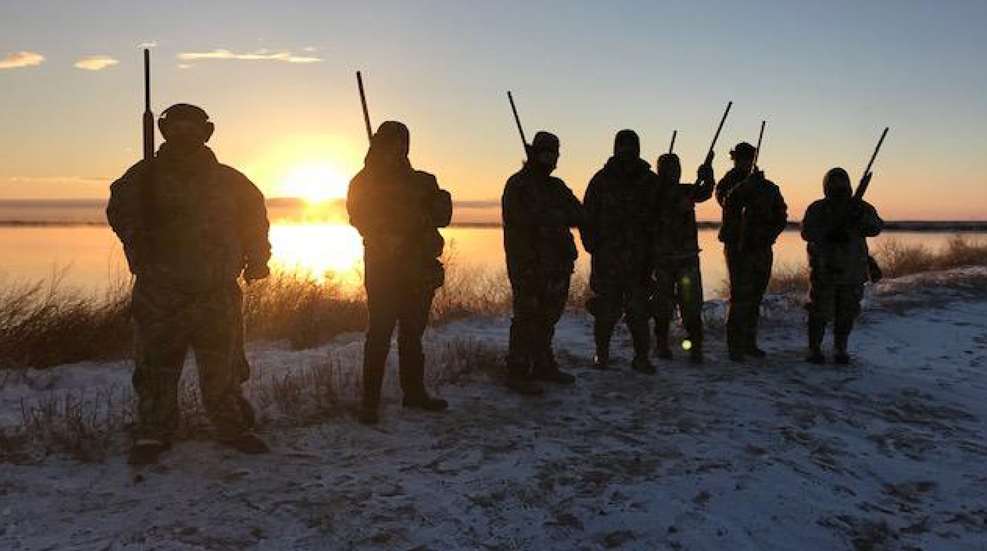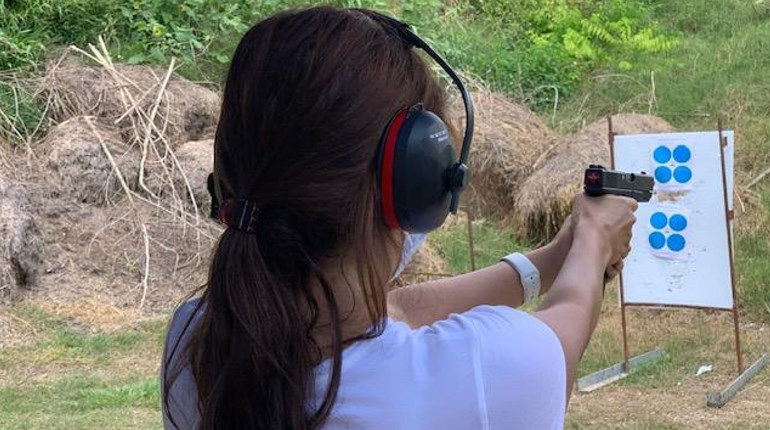
Choosing the right shotgun is more than personal preference. Different types of hunting call for different types of shotguns. When bird hunting, you need to know if the game birds you are hunting are classified as an upland game bird or a migratory game bird. You also need to know what type of environment in which you will be hunting. Is it open prairie, coastal marsh, timberline or forest?
Shotgun features are another thing that the bird hunter must take into consideration. The weight of the gun, shotshell capacity, and action types are all factors to be considered. Choosing the wrong shotgun for your activity can affect the enjoyment of the sport.
Weight can be a very important factor in selecting a shotgun. A shotgun that is too heavy can be difficult to carry over long distances. Another issue to consider regarding the weight of the shotgun is recoil. Generally speaking, the heavier the firearm, the less perceived recoil is felt by the shooter.
A hunter needs to the take into consideration the shotshell capacity of the shotgun he or she is choosing. Over-under and side-by-side shotguns hold only two shells. Pump and semiautomatic shotguns can hold four, five, six or even more shells. Just make sure that you research the laws of the state you plan to hunt. Many types of game birds can only be hunted with a shotgun capable of only holding only three shells.
Each type of shotgun action functions differently, so the shooter should get the type of action that he or she can operate easily, comfortably and safely. The types of shotguns commonly used by bird hunters are pump actions, semi-automatic actions, and hinge actions, which include over-under and side-by-side shotguns.
Pump Shotguns
Pump shotguns are “pump”- or “slide”-action firearms. Pump shotguns are operated by pumping or sliding the shells from the tubular magazine into the chamber of the firearm. “Pumps” are loaded through the loading gate, so the shells fill the tubular magazine. Next, the fore-end is pumped which feeds a shell into the chamber. The shotgun is now ready to fire.

Pump shotguns are probably the most common firearm used for bird hunting. Next to hinge action firearms, pump shotguns are one of the oldest actions available to bird hunters. You can find pump action shotguns being used to hunt birds in just about any field, marsh, or forest. Hunters use pump action shotguns to take upland game birds such as pheasant, quail, and dove, as well as waterfowl such as ducks and geese. Pump shotguns can take much “dirtier” conditions than a semi-automatic shotgun and can hold more shells than either an over and under or a side-by-side shotgun.
It is important to remember that if you are hunting migratory birds, you must have a plug in the tubular magazine in the shotgun you are using to restrict the number of shells that can be loaded into the magazine. You should only be able to load two, 2 ¾” shells into the tubular magazine. This limits the shotgun capacity to a total of three shells when one is loaded in the chamber.

Semi-Automatic Shotguns
Semi-automatic shotguns are either gas- or inertia-operated firearms. Semi-automatic firearms are loaded through the loading gate to fill the tubular magazine and then charged by pulling the charging handle to its furthermost travel to the rear and released. Once the charging handle slams shut, the shotgun is now ready to fire. It is one again important to remember that if you are hunting migratory birds, you must have a plug in the tubular magazine in the shotgun you are using to restrict the number of shells that can be loaded into the magazine. You should only be able to load two, 2 ¾” shells into the tubular magazine, limiting the shotgun capacity to three (3) shells when one is loaded in the chamber.
Semi-automatic shotguns are usually used almost exclusively by waterfowl hunters. This is because these firearms do not like dry, dusty conditions. Excessive dirt, dust, and grime can cause the semi-automatic shotgun malfunction. Wet and marshy conditions are not usually dusty. It is like spraying down the baseline on a baseball field with water before the game starts.

Another reason why semi-automatic shotguns are used for waterfowl hunting is the weight of the firearm. Semi-automatic shotguns tend to be on the heavy side. When pursuing waterfowl, you are usually hidden in a blind, so weight is not much of an issue. Other game birds hunted in fields or open areas requires the hunter to carry the firearm long distances.

Over-Under Shotguns
Over-under shotguns are “hinge” or “break”action firearms and have two barrels that are stacked vertically, one barrel on top of the other. Hinge action firearms are loaded by pushing the lever on top of the grip to one side and unlocking the hinge. The firearm then “breaks” forward, exposing the two barrel’s chamber. The live shells are then inserted into the chambers, then the hinge of the firearm is closed, and the gun is ready to fire.
Over-under shotguns have become increasingly popular with bird hunters. This is because these types of shotguns have significantly come down in price over the last few years. Hunters can choose over-under shotguns that are relatively heavy or extremely light, depending on the wants and needs of the consumer. In the past, over-under shotguns were very expensive and, in some ways, a status symbol. Now the average hunter can afford one of these favored firearms.

Traditionally, over- under shotguns are used by game bird hunters in open fields. The game birds that are usually sought by hunters with this type of action include dove, pheasant, quail, or any other game birds found in open fields, prairies or meadows. Over-under shotguns are preferred by hunters in these areas because the design of this firearm allows for fast swinging on to game.
Side-by-Side Shotguns 
Side-by-side shotguns are “hinge”- or “break”-action firearms and have two barrels that are set horizontally next to each other. Hinge-action firearms are loaded by pushing the lever on top of the grip to one side and unlocking the hinge. The firearm then “breaks” forward, exposing the two barrel’s chamber. The live shells are then inserted into the chambers, then the hinge of the firearm is closed, and the gun is ready to fire. Side-by-side shotguns are generally heavy compared to lightweight over-under models available to the consumer.
Side-by-side shotguns were once the dominant shotgun for hunting as well as protecting livestock and self-protection. Of all the firearms, side-by-side shotguns bring back fond memories to shooters. These memories can range from Grandpa carrying his trusty side-by-side on the farm, the romanticized exploits of Ernest Hemingway and Robert Ruark, or Daisy Moses, also known as Granny Clampett, chasing “infernal revenuers” off her property! Side-by-side shotguns are a part of Americana.
Today, side-by-side are used almost exclusively for upland game birds. Some of these include quail, chukar, pheasant, grouse, woodcock and snipe. This type of game is flushed from hidden ground cover, short burst of flight, or in hardwood forest ecosystems. Side-by-sides are hardly ever seen when hunting waterfowl or species, such as rails and gallinules, found in coastal areas. (wikimedia image)















































